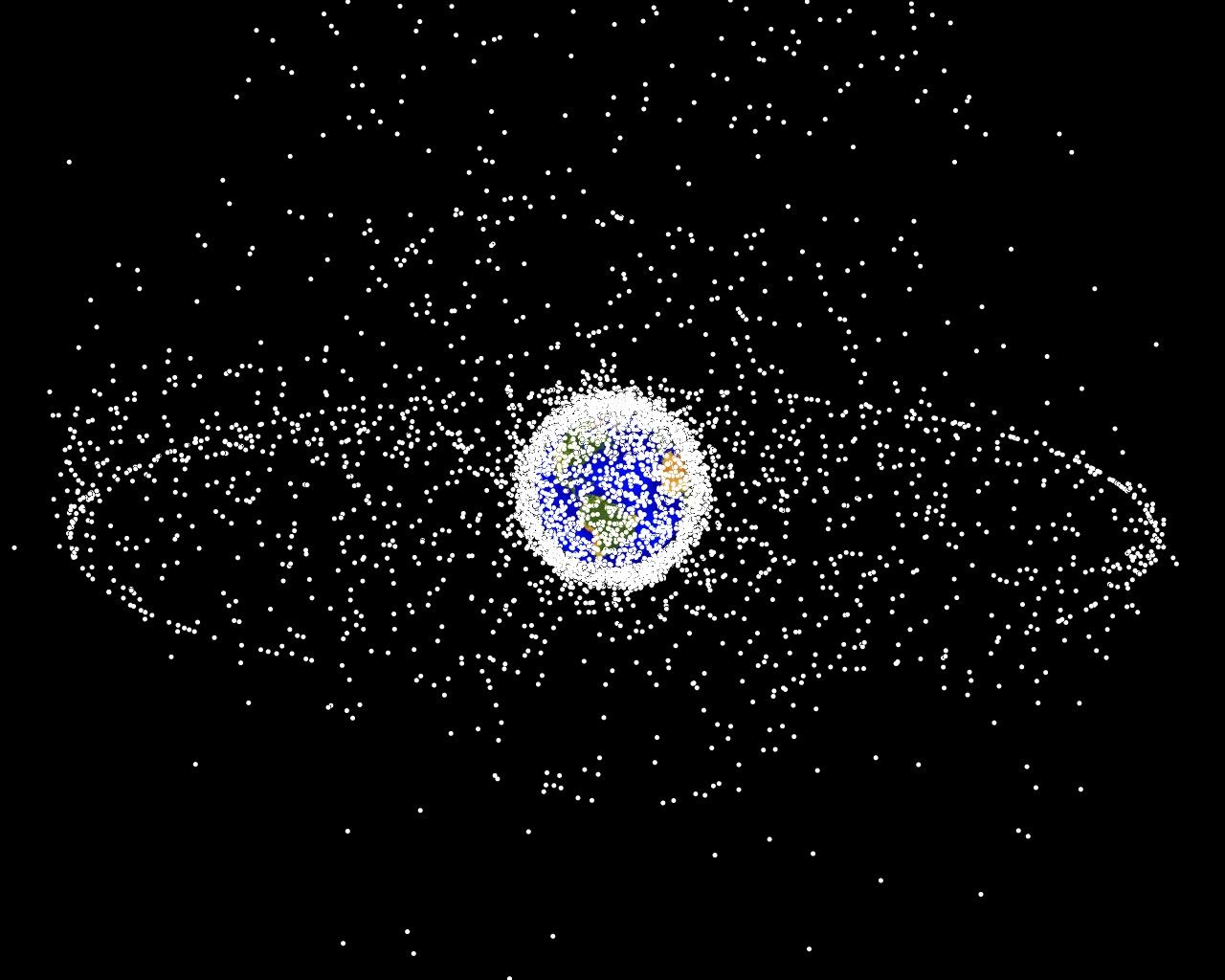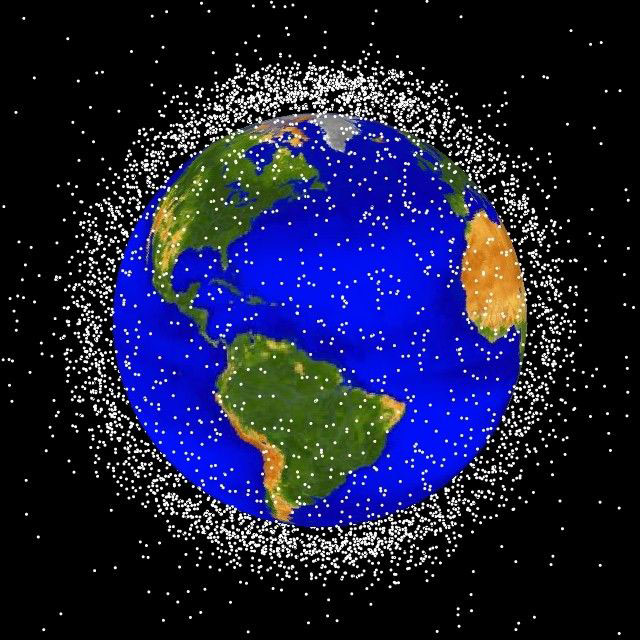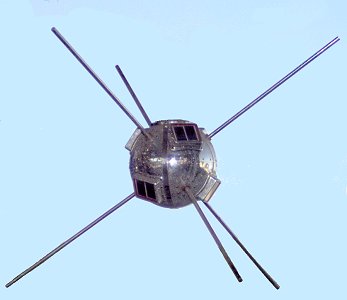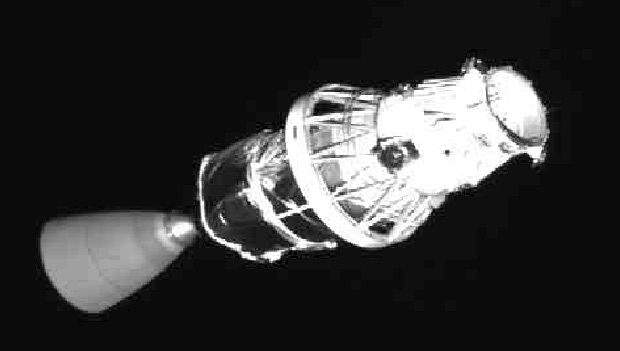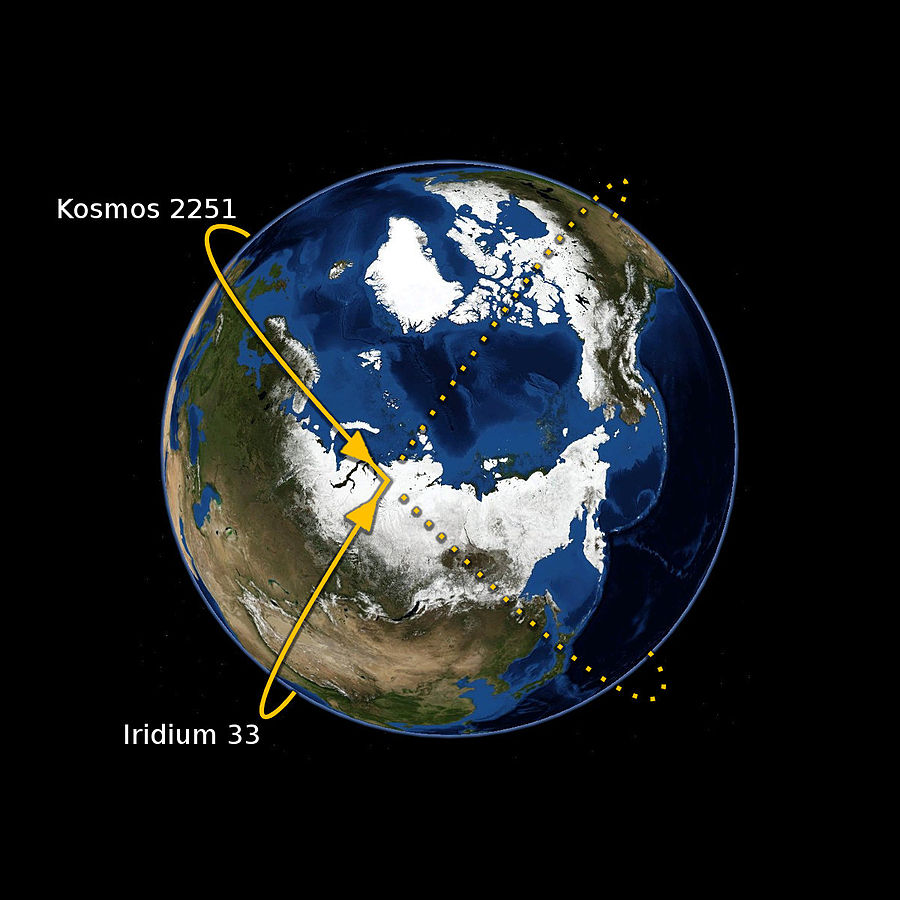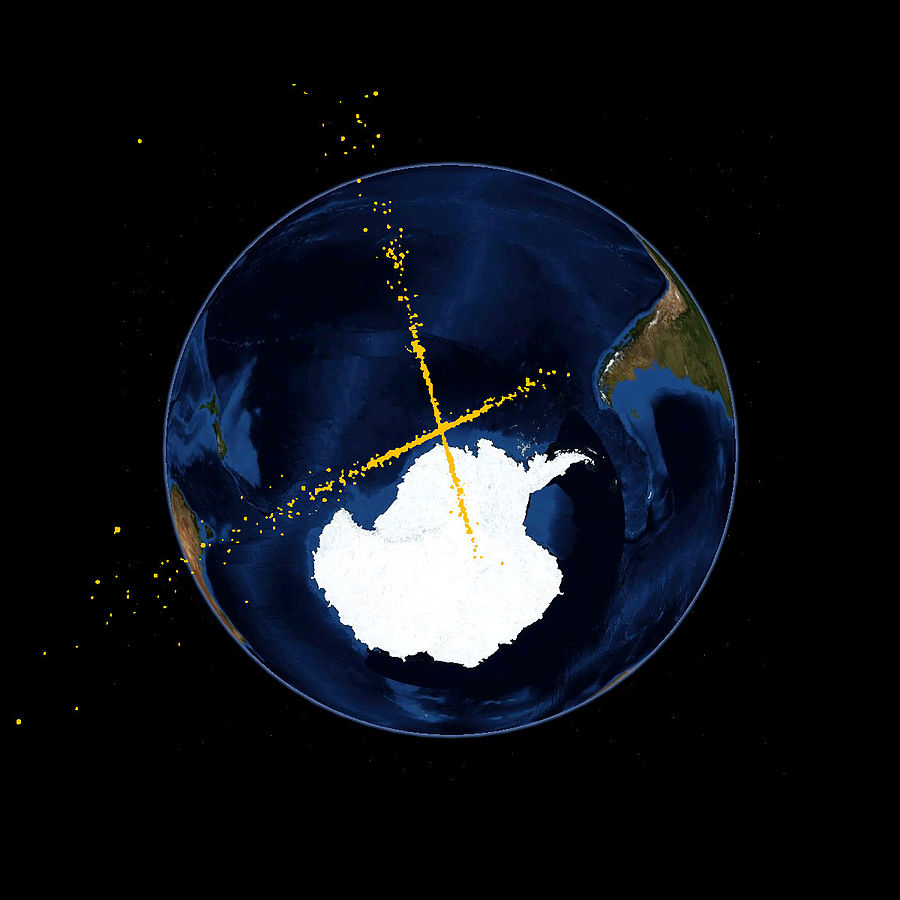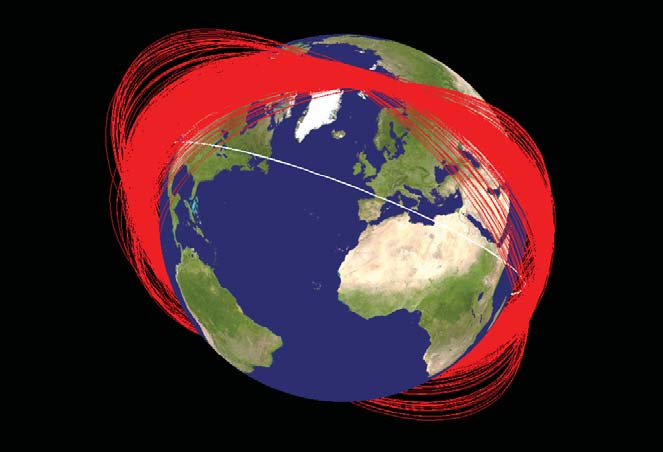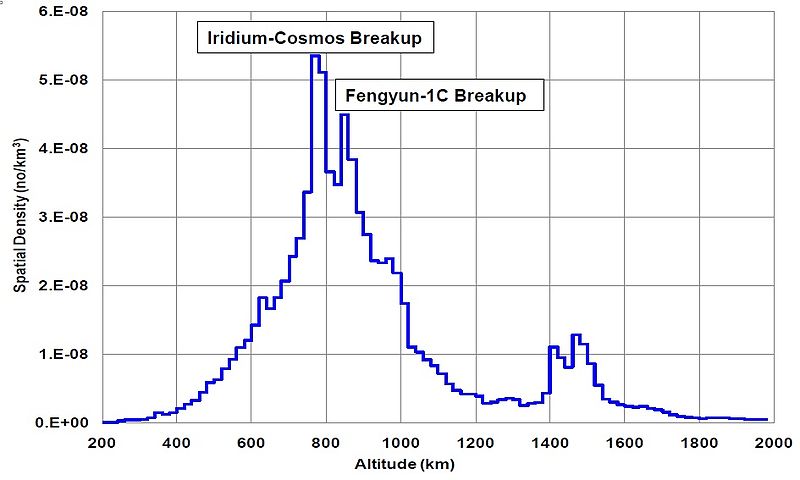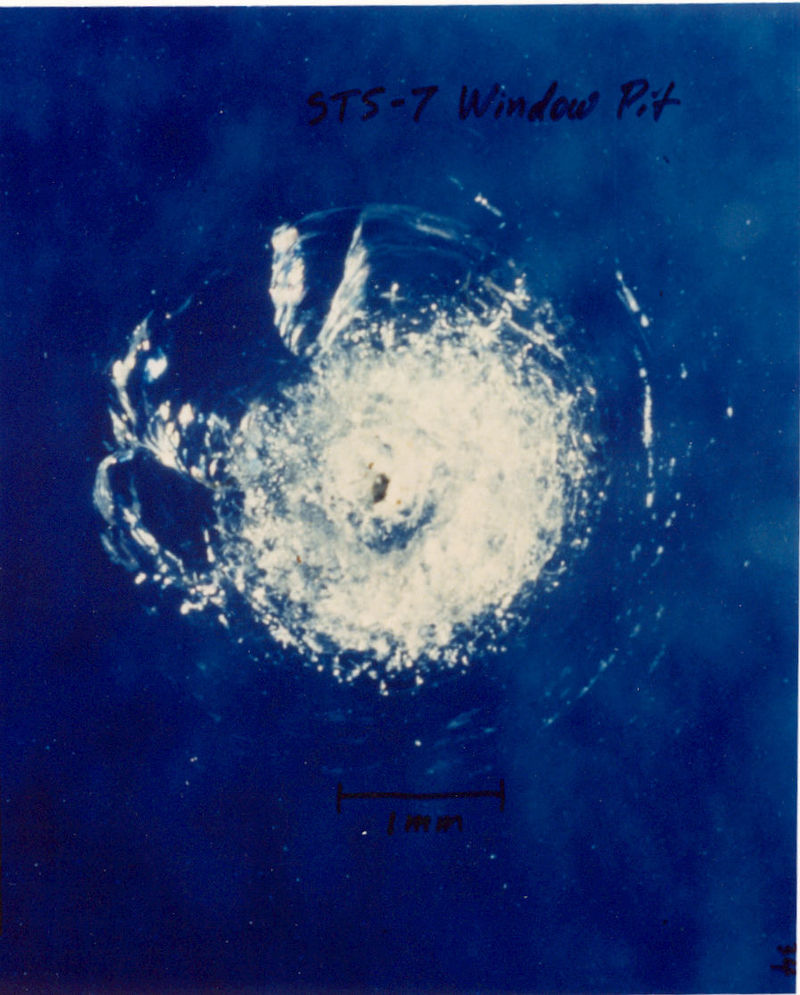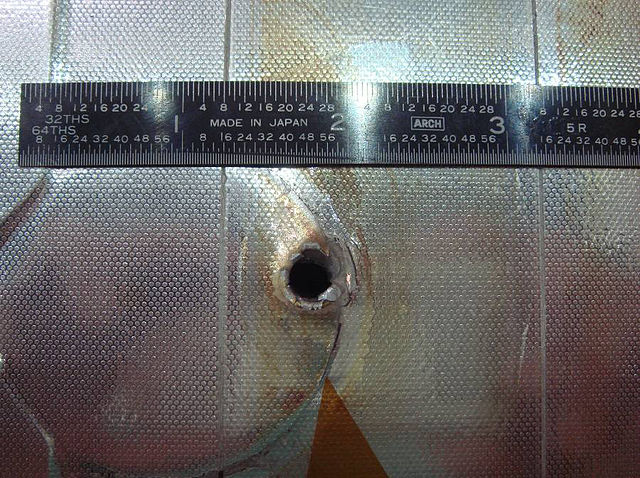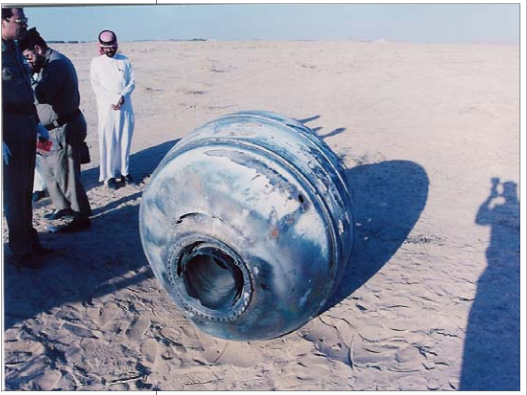Learn About Hazardous Space Junk!
Man’s Space Trash
Space debris, or space junk, is mostly man-made objects that orbit uncontrolled around Earth. It is estimated there are more than 670,000 pieces of debris greater than 1 cm that orbit Earth at the tremendous speed of 28,150 km/h (17,500 mph) meaning even a small piece has the potential to damage a satellite or risk the lives of astronauts in a spacecraft or space station!
Quick Interesting Facts About Space Junk!
Space debris usually refers to artificial (man-made) fragments originating from any of the thousands of rocket launches and their payloads put into orbit. This includes old satellites, spent upper rocket stages, flecks of paint and even fragments from satellite collisions.
The United States Strategic Command and NASA work together to track these artificial objects in orbit, including the over 1,400 active satellites and objects lost from spacewalks like spatulas, tool bags and cameras! However, many of the smaller fragments can’t be tracked;
- It is estimated that 29,000 pieces in orbit are larger than a softball (>10 cm)
- Over 670,000 pieces are larger than a marble (between 1-10cm)
- Millions of space debris fragments are greater than a grain of sand (>1 mm)
- Most space debris is in low Earth orbit (below 2,000 km altitude)
- The highest concentration of debris is between 750-800 km altitude
- Space debris orbits at over 28,150 km/h (17,500 mph); that’s 20 times faster than a bullet, so even small pieces can be damaging!
The increasing number of old satellites, spacecraft parts and rocket stages in orbit is bad enough without deliberately making it worse. In 2007, China conducted an anti-satellite missile test destroying an old satellite and adding more than 3,000 pieces of trackable space debris!
Space Debris Risks
Despite the tendency for space debris to gradually re-enter Earth’s atmosphere, these increased numbers may mean there’s a point where the space junk population becomes self-sustaining. For example, in 2009, two satellites collided (an active Iridium one and an old Russian one) creating thousands more fragments! These may go on to create even more collisions.
The award-winning space film "Gravity” followed the threat, and potential consequences, to astronauts and cosmonauts aboard the International Space Station (ISS) due to a collision with space debris. In reality, the ISS often has to perform manoeuvres to avoid space debris, or if it’s too late, they have to ‘shelter-in-place’ in their spacecraft waiting for the debris to pass. The ISS can survive strikes by small particles less than a cm, but we cannot track objects smaller than 10 cm so there are hundreds of thousands of unknown objects which are hazardous, yet cannot be tracked...
Space debris impacting with satellites can also damage these valuable assets without the controllers on the ground even being aware that a small impact was the cause of the failure! A very large European Space Agency (ESA) satellite called Envisat abruptly stopped working in 2012 and some suspect this may have been caused by a small piece of space debris! Now it is itself a large piece of space junk!
Controlled Disposal
Most old satellites will eventually re-enter Earth’s atmosphere, small satellites will burn up, but pieces of the larger ones often reach the Earth's surface. To reduce the chances of any space debris hitting a populated area, satellites are often brought down in a controlled manner over the point of oceanic inaccessibility. This is a point in the middle of the South Pacific which is the furthest point from land or ships.
The ocean floor, in this massive expanse, is a type of graveyard for several hundred satellites. The most famous resident being the wreckage of the Mir space station, along with numerous supply vessels returning from the ISS. The ISS itself will likely join Mir in the late 2020’s which will make a spectacular sight as it streaks across the sky! The American Skylab and Chinese Tiangong-1 space stations should have re-entered here too, but controllers lost contact with them so their orbits were left to decay and re-entered uncontrolled.
Future Of The Space Debris Problem
The space junk issue will be very difficult, and expensive, to solve. One idea is to design small spacecraft that track and collect fragments, others that attach drag parachutes to accelerate the orbital decay. Others suggest those launching the satellites and spacecraft should do more to ensure they are not left to drift after they are no longer useful. They could be instructed to de-orbit themselves or move to a safe orbit.
The US Air Force is building a new generation of space surveillance called Space Fence to track even smaller space debris in orbit (as low as 1 cm) than is currently possible with radar. Space Fence will be operational in 2019 and cost USD $1.6 billion!
Against the background of an increasing space junk problem, the commercialization of space is fostering an emerging industry that is revolutionising the use of space through the use of small ‘cubesats’. This may result in an abrupt increase in the number of satellites which could hasten a runaway collision effect known as the Kessler Syndrome.
